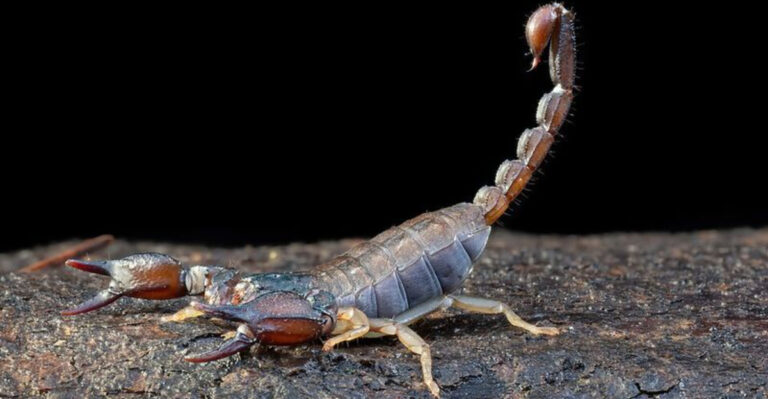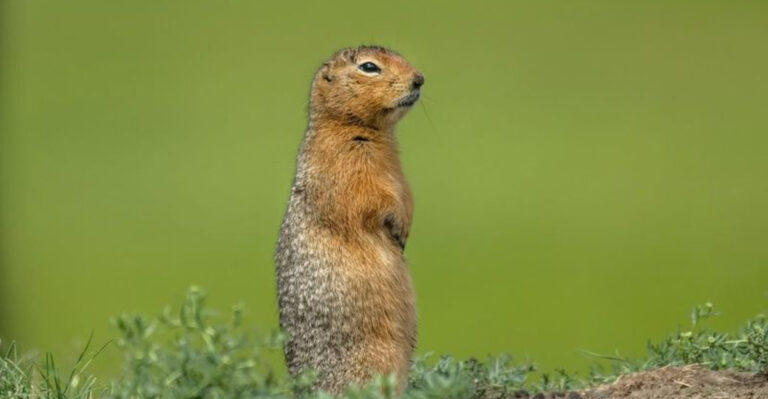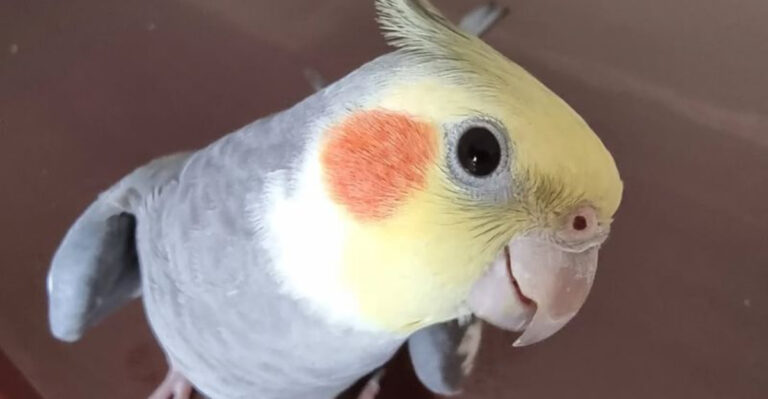Why Beekeepers Face A Catastrophe With Hive Losses Reaching 70 Percent Nationwide
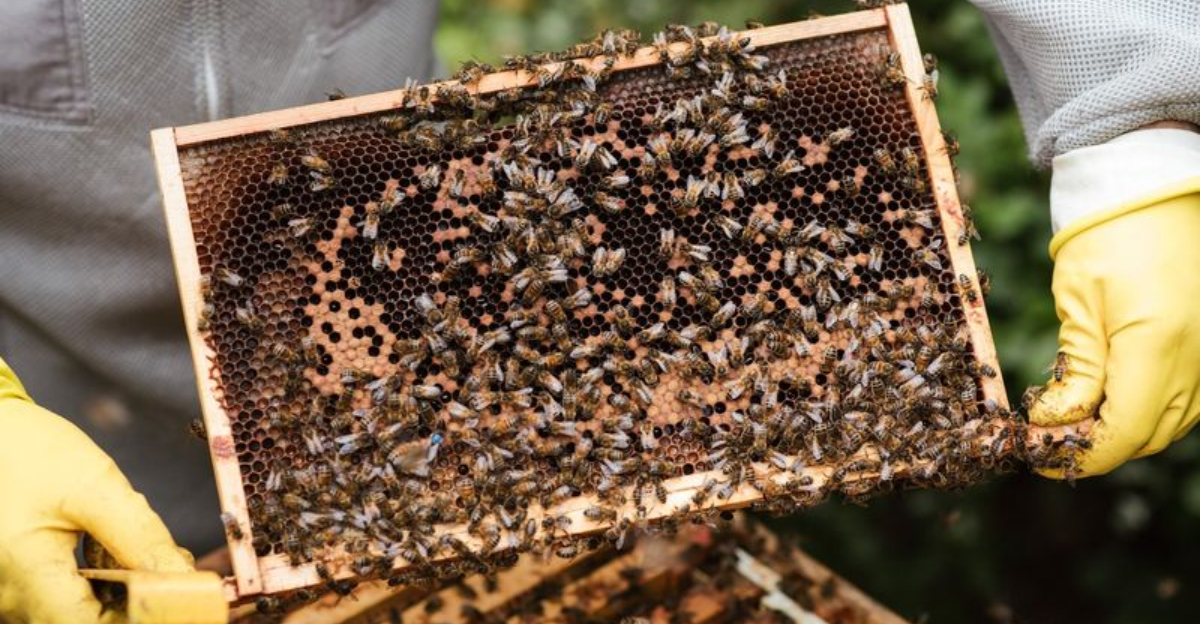
Beekeepers across America are facing a crisis unlike anything seen before. Honey bee colonies are vanishing at alarming rates, with losses now reaching a staggering 70 percent in many regions.
This catastrophe threatens not just honey production but our entire food system since bees pollinate about one-third of all the food we eat. Let’s explore the major factors behind this unprecedented bee apocalypse.
1. Varroa Mite Infestations
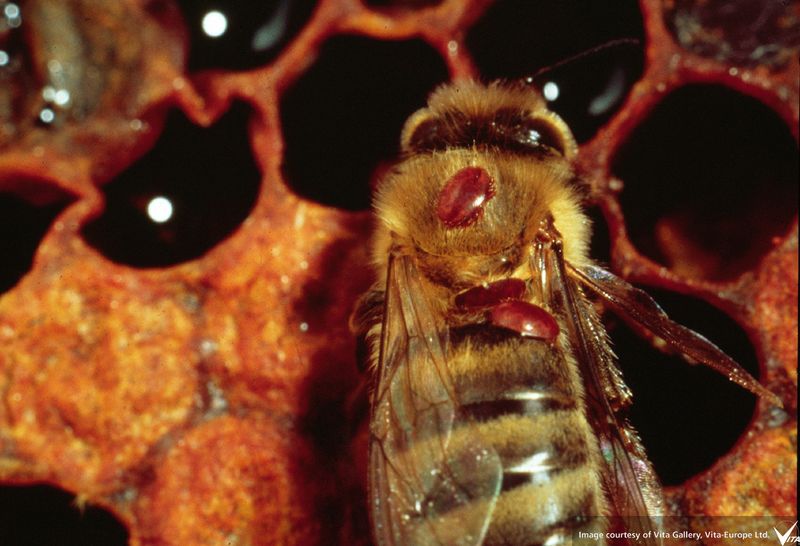
These tiny vampires are a beekeeper’s worst nightmare. Attaching themselves to bees and feeding on their fat bodies, Varroa mites weaken colonies from within.
The parasites also transmit deadly viruses that spread like wildfire through the hive. Many beekeepers discover too late that their colonies have been silently suffering, with mite populations doubling every month during breeding season.
2. Miticide Resistance
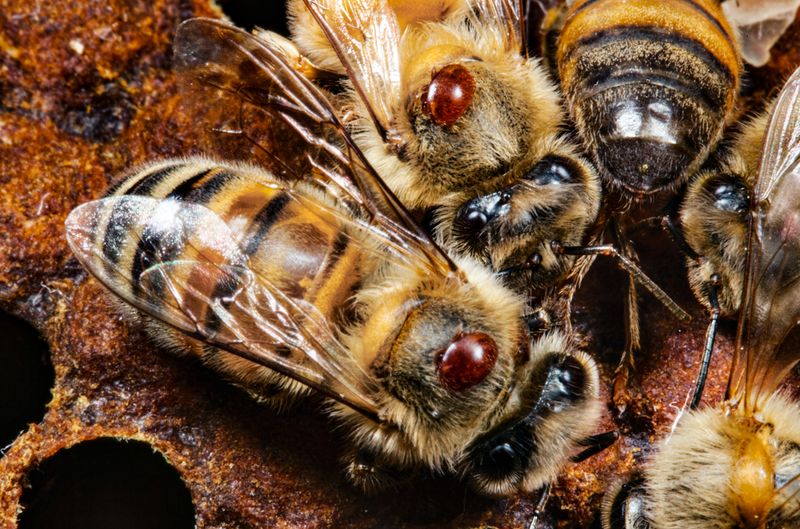
Evolution has created a dangerous arms race. After years of using the same chemicals to control mites, beekeepers are discovering their treatments no longer work.
The mites have adapted, developing resistance to once-reliable miticides like amitraz and fluvalinate. This biological adaptation leaves beekeepers scrambling for new solutions while their colonies collapse under increasing mite pressure despite treatment efforts.
3. Viral Outbreaks
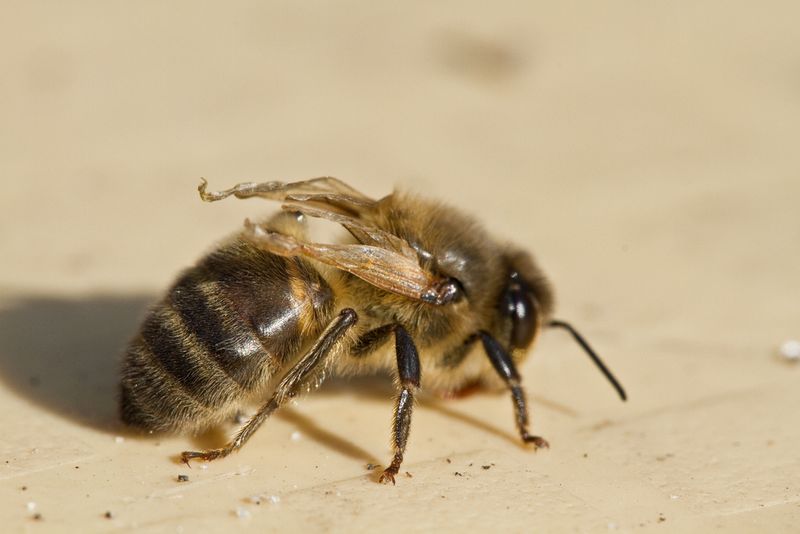
Imagine a kindergarten where every child has the flu—that’s what viral outbreaks do to beehives. Deformed wing virus, transmitted by mites, leaves bees with shriveled, useless wings.
Israeli acute paralysis virus causes trembling and death. These viruses spread rapidly through weakened colonies, turning what might be manageable mite infestations into colony-killing epidemics. Infected bees often die young or get ejected from the hive.
4. Empty Food Stores
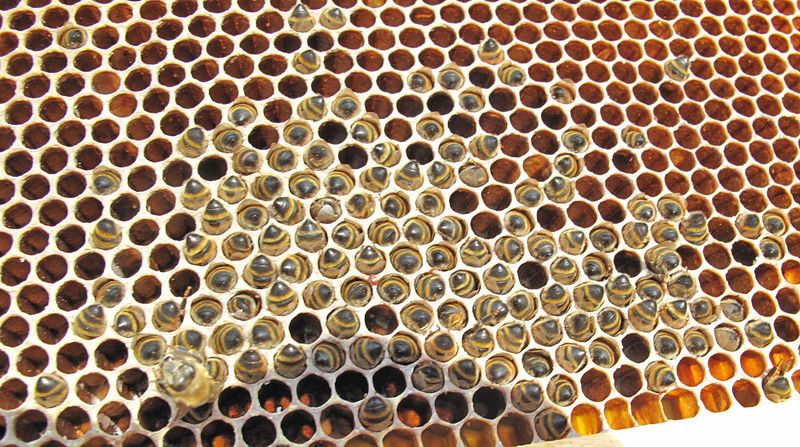
Bees face famine when their natural buffet disappears. Climate disruptions have thrown flowering seasons into chaos, creating periods when blooms simply aren’t available.
Commercial beekeepers report finding dead colonies with empty combs—clear signs of starvation. Even when flowers are blooming, extreme weather can prevent foraging flights for days or weeks. Without emergency feeding, entire hives perish waiting for food that never arrives.
5. Toxic Chemical Exposure
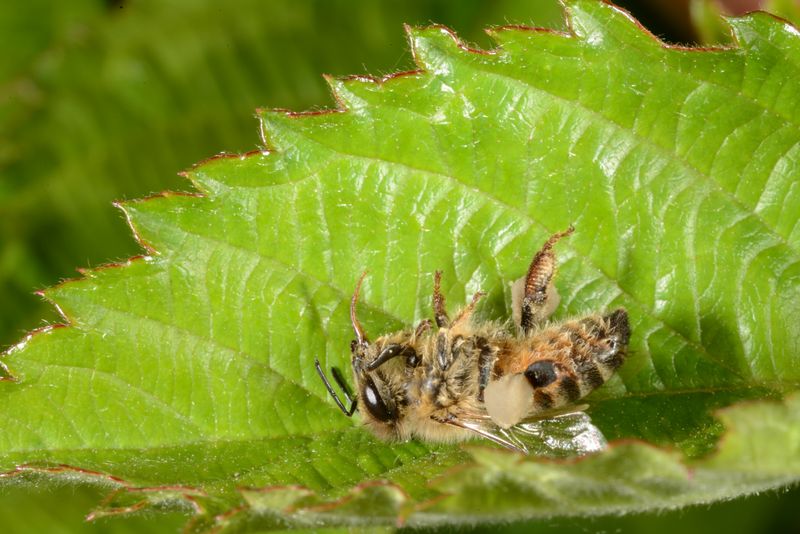
Modern farming practices have turned fields into potential death traps for bees. Neonicotinoid pesticides, widely used on crops, attack bees’ nervous systems even at low doses.
Unlike contact pesticides that remain on plant surfaces, these chemicals circulate through the entire plant, contaminating pollen and nectar. Foraging bees bring these toxins back to the hive, slowly poisoning the entire colony and compromising the immune systems of developing bees.
6. Fungal and Bacterial Sieges
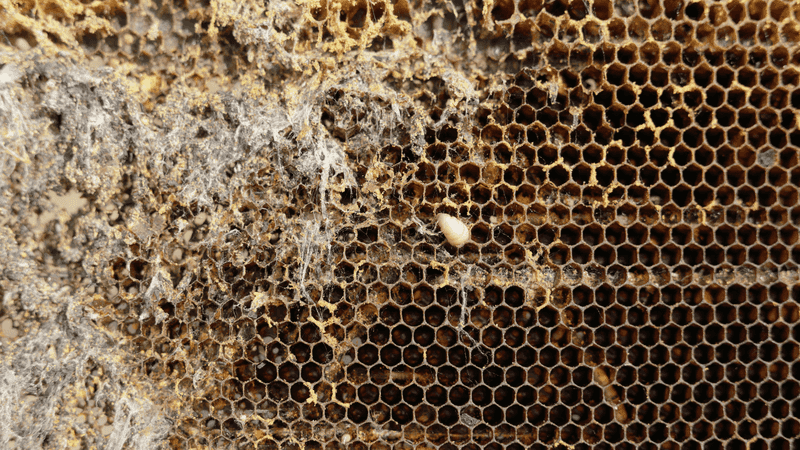
Nosema ceranae, a microscopic fungal parasite, ravages bees from the inside out. Attacking digestive systems, it prevents nutrient absorption and triggers early death.
American foulbrood bacteria, meanwhile, turns bee larvae into brown goo with a distinctive smell. These pathogens exploit colonies already stressed by other factors. Once established, diseases like these can force beekeepers to destroy equipment, as spores can remain viable for decades.
7. Cross-Country Bee Trucking
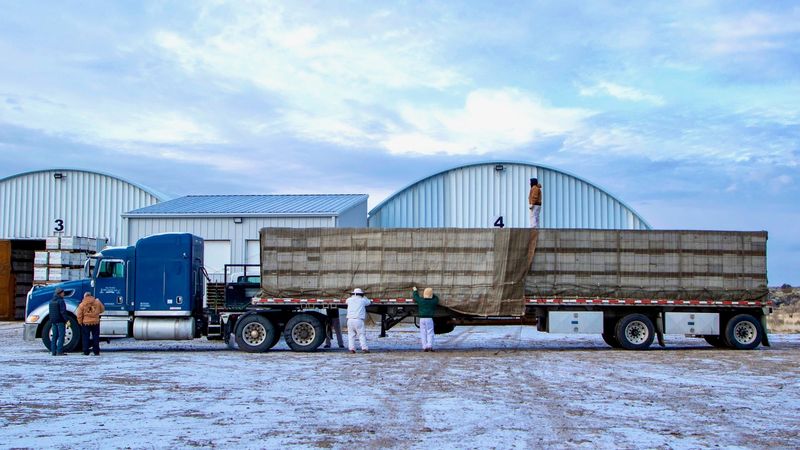
Commercial pollination has created a nomadic lifestyle for millions of hives. Loaded onto flatbed trucks, colonies travel thousands of miles to pollinate crops like California almonds.
During transport, bees endure temperature fluctuations, vibration, and confinement. Upon arrival, they often find themselves in vast monocultures offering single-source nutrition. This migratory stress weakens colonies and creates perfect conditions for diseases to spread between apiaries from different regions.
8. Vanishing Wild Spaces
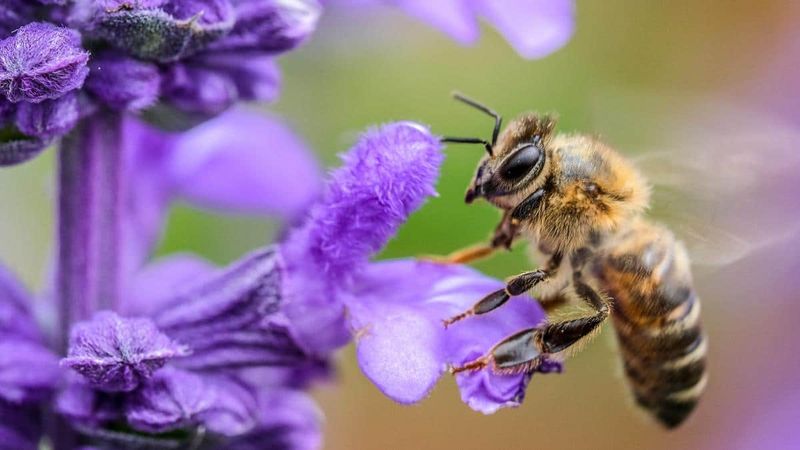
Bees evolved to forage from diverse flowering plants, not endless fields of a single crop. As meadows and wild areas disappear under development and intensive agriculture, bees lose critical nutrition sources.
The resulting “food deserts” force colonies to survive on limited pollen varieties. Like humans living only on potatoes, this dietary restriction weakens bee immune systems. Many colonies now face nutritional deficiencies even when they appear to have adequate food stores.
9. Weather Gone Wild
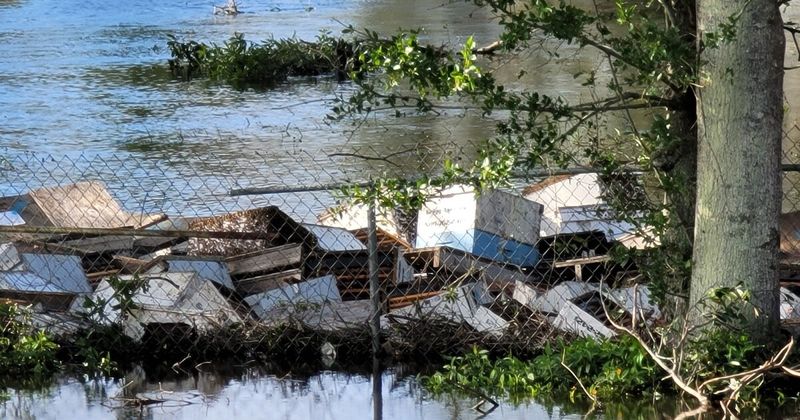
Climate change has thrown bee lifecycles into disarray. Early spring warmth tricks trees into blooming before bees are ready to forage, while sudden freezes kill both blooms and bees.
Summer droughts wither nectar sources during critical honey production periods. Flash floods drown ground-nesting native bees that support honey bee populations. These unpredictable patterns leave even experienced beekeepers struggling to anticipate and respond to colony needs.
10. The Ghost Hive Mystery
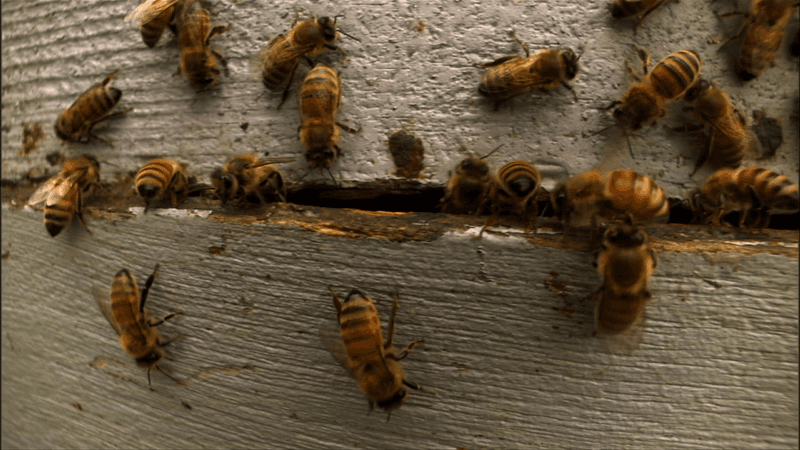
Colony Collapse Disorder remains one of beekeeping’s most perplexing phenomena. Beekeepers discover hives with plenty of honey, a queen, and developing young—but almost no adult bees.
The workforce simply vanishes without leaving corpses behind. Scientists believe this represents the final stage of multiple stressors overwhelming a colony. When bees sense they’re sick, they fly away to die, leaving behind ghost towns that were once thriving communities.
11. Royal Succession Crisis
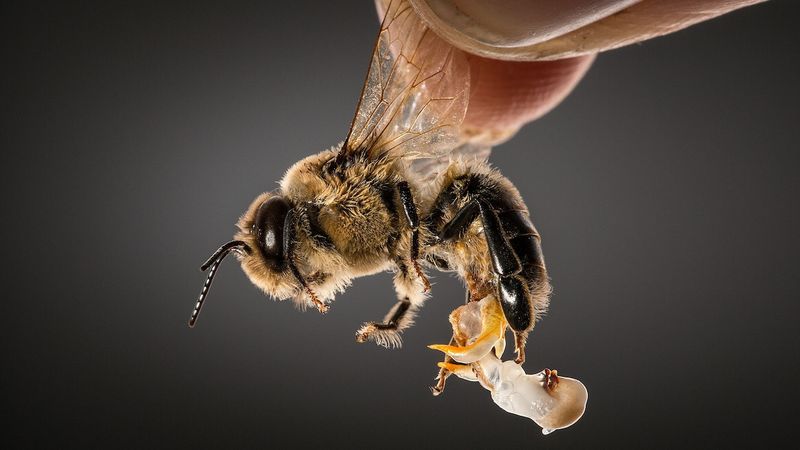
Queen bees aren’t living as long as they once did. Modern queens often fail after just one season instead of the historical three to four years.
Exposure to pesticides and poor nutrition affect queen development and mating success. When a colony loses its queen and cannot raise a replacement, its population dwindles to extinction. Commercial queen producers struggle to meet demand, creating bottlenecks in colony recovery efforts nationwide.
12. Perfect Storm Syndrome
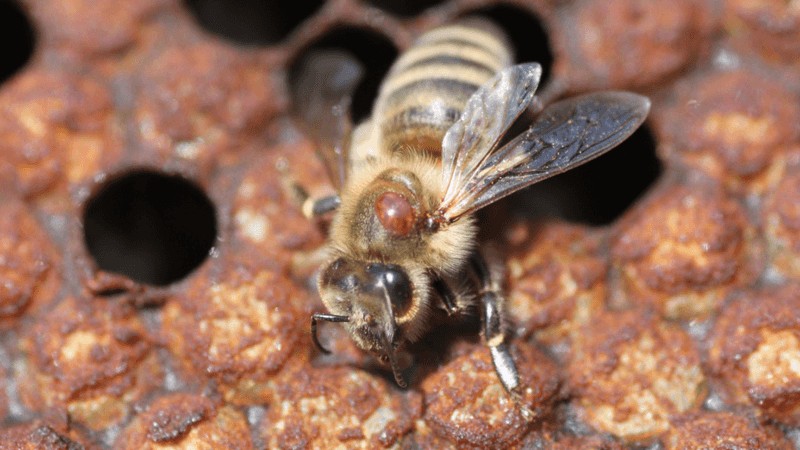
Bees can usually handle one problem at a time, but today’s colonies face multiple threats simultaneously. A mite-infested colony might survive with good nutrition, but starves when drought hits.
Pesticide exposure might be survivable for strong colonies but proves fatal when combined with disease. This deadly synergy explains why losses have accelerated so dramatically. Modern beekeeping has become a desperate game of whack-a-mole, addressing one crisis while three more develop.
13. 2025’s Unprecedented Collapse
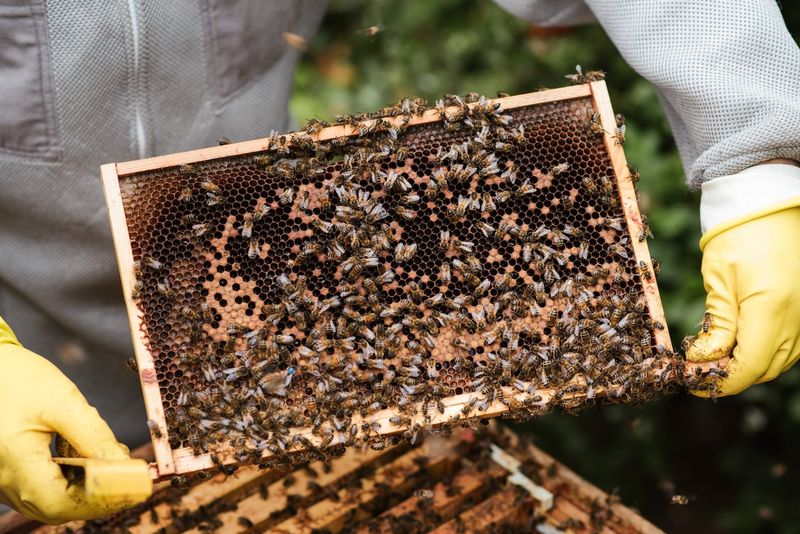
This year marks a frightening milestone in bee decline. Commercial beekeepers who normally lose 30-40% of colonies annually are reporting 60-70% losses across entire operations.
Over 1.6 million colonies have vanished since mid-2024, representing billions of bees. The scale has overwhelmed even experienced beekeepers’ ability to split surviving colonies to recover numbers. Many multi-generational beekeeping businesses face bankruptcy as replacement costs outpace income.




